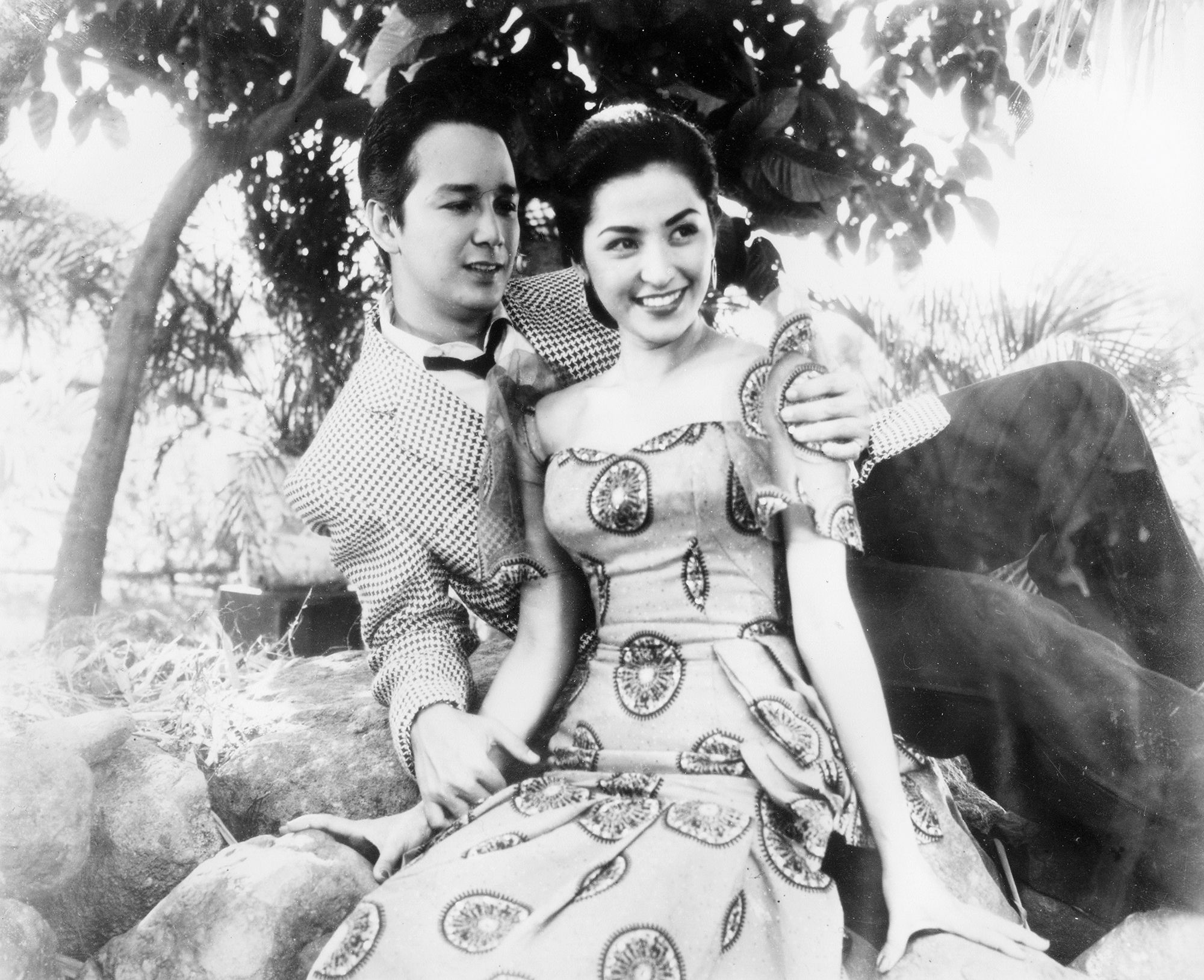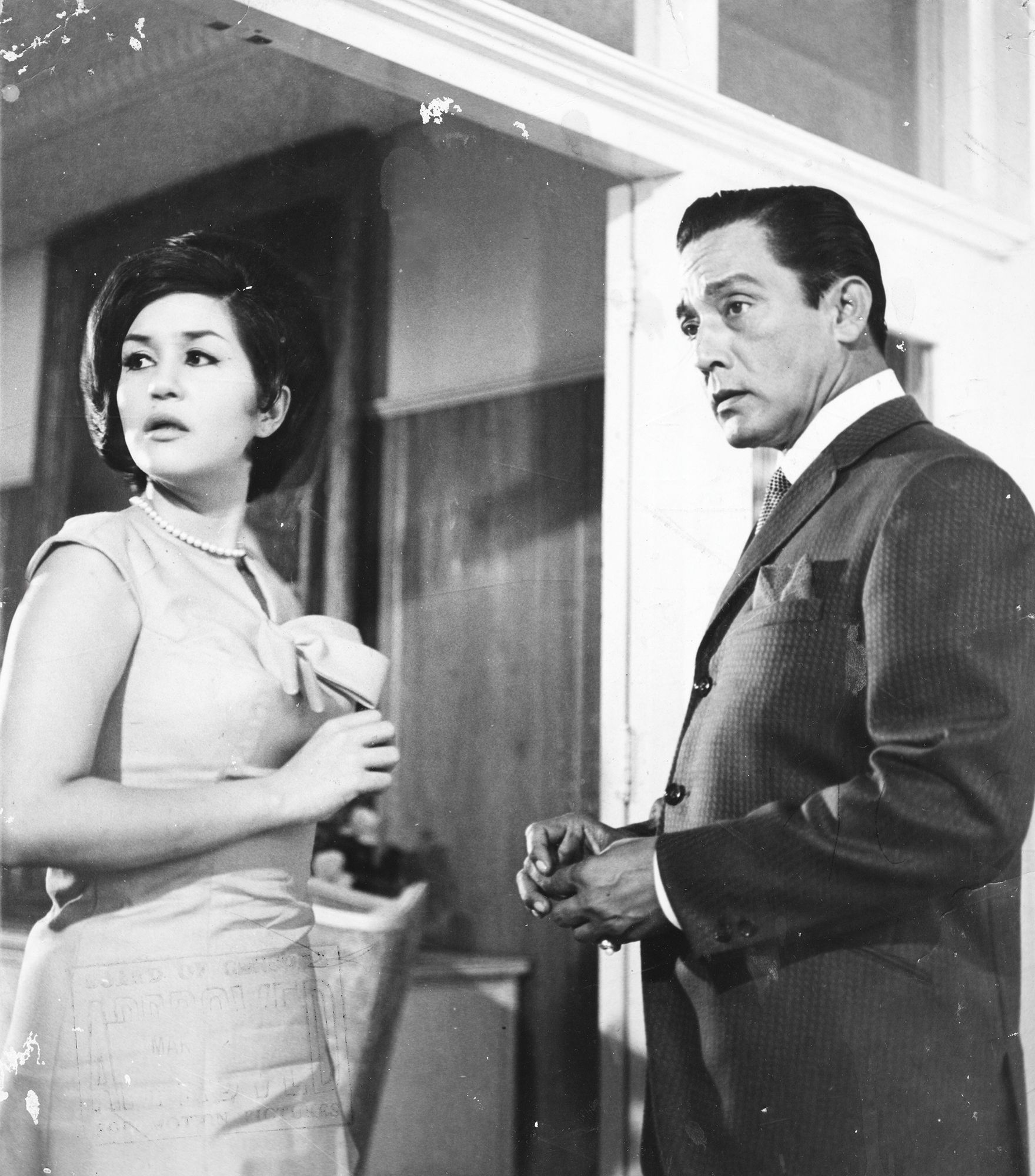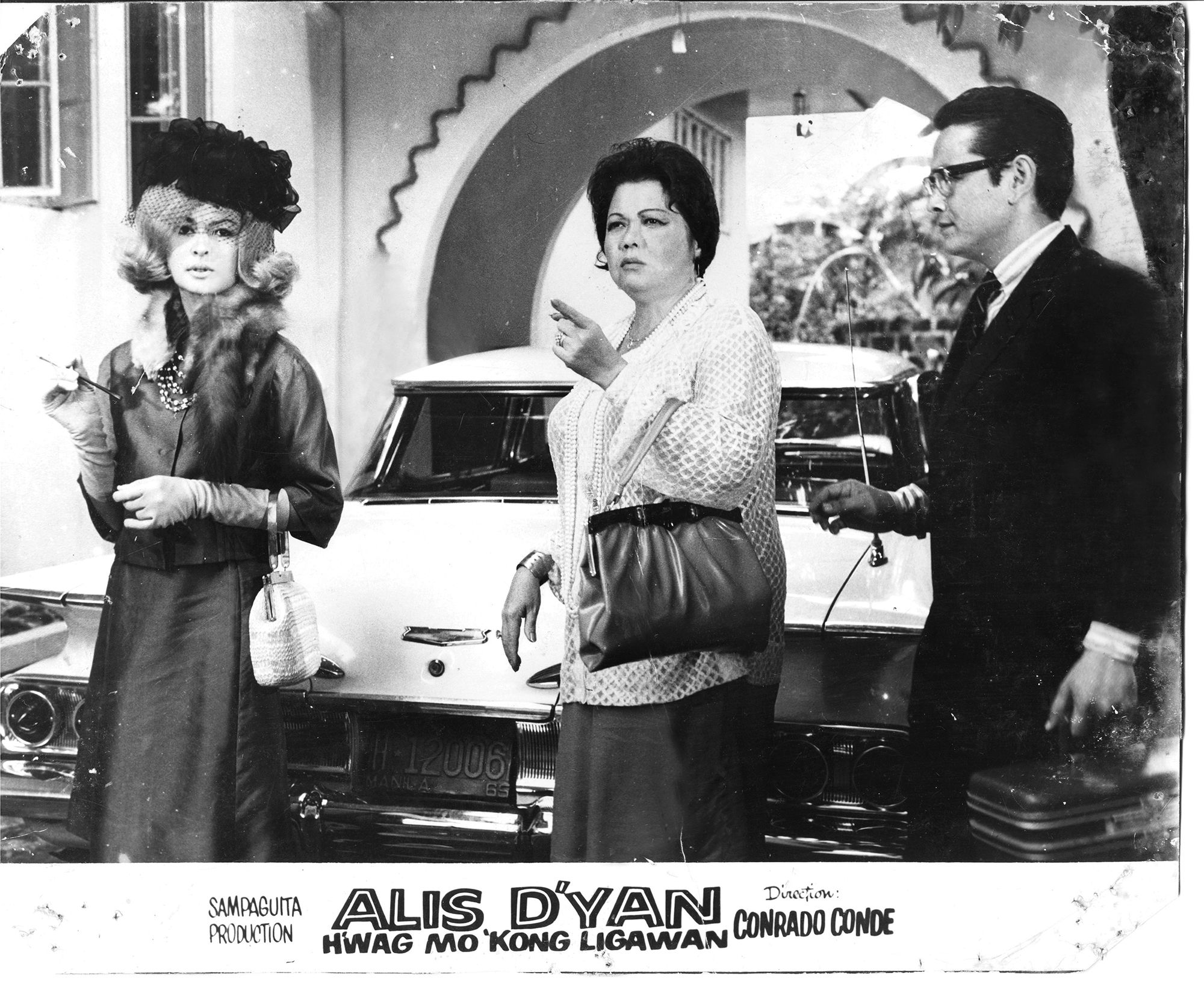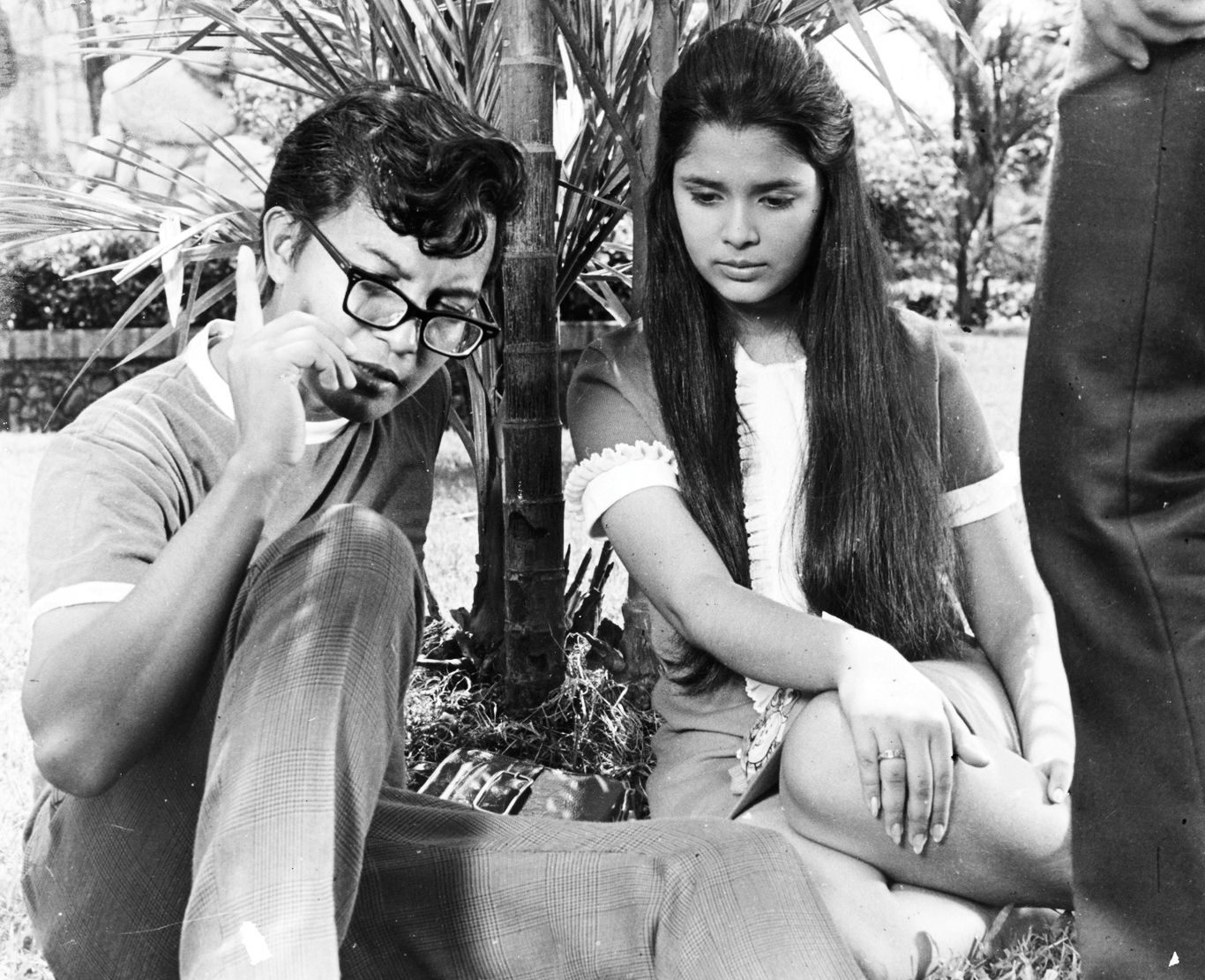Philippine Cinema was once touted as the Hollywood of the East. We recall its golden years of glamorous actors and movies and discover the state it's in today
This feature story was originally titled as The Glory and the Glamour, and was published in the May 2009 issue of Tatler Philippines
Philippine movies have never been so vividly defined by Hollywood glamour than in the fifties. It was an era when stars dressed the part, on and off the screen, and when a good reputation was golden, on which plum roles and prime billing depended.
Before you are heard, you are first seen: this was the unwritten rule of the day, according to the late veteran actor Leopoldo Salcedo. Cut in the mould of Cary Grant, Salcedo said that they had to always talk, dress, and conduct themselves like the glamorous figures that the public expected them to be. Rosa Rosal, who behaved and dressed in the grand Hollywood tradition, said that their production company required them to look their glamorous best all the time and gave them allowances or salary advances so they could buy new gowns. A contract star of LVN Pictures, Delia Razon said they were always invited to formal parties at the Manila Hotel or on the huge grounds of the studio. Some occasions called for costumes, some for Filipino dress. "Once, [then] Prince Norodum Sihanouk [King of Cambodia, until his abdication in 2004] came to present Lilia Dizon her Best Actress Award at the Asian Pacific Film Festival. On that occasion, it was I who greeted the prince and put a lei around his neck. Doña Sisang [de Leon, owner of LVN] often assigned Rosa [Rosal] and me to greet guests," Razon said.

Of the male actors then, Razon named Rogelio de la Rosa as the one who best exemplified the glamorous movie star; Salcedo was a close second. She also remembered the actor Nestor de Villa, whose house had all the trappings of luxury—a Roman bath, revolving closets and a swimming pool—and who drove around town in a flashy convertible.
Two weddings also epitomised the glamour of that era: that of Rosal to the American pilot Walter Gayda in 1957; and that of Gloria Romer to another actor, Juancho Gutierrez, in 1960.
The Manila Times described Rosal as "elegant in her European gown of heavy lace, cut with a sheath skirt, three fourths sleeves and high neckline that dipped into a deep V in the back." White butterfly orchids formed her bouquet, and a single bloom to match decorated the lapel of her bridegroom, Captain Gayda. The sunset wedding drew a throng that crowded the aisle of Our Lady of Sorrow's Church, preventing a smooth march of the bride to the altar as she was escorted by Lamberto Avellana, the movie, radio and stage director.












